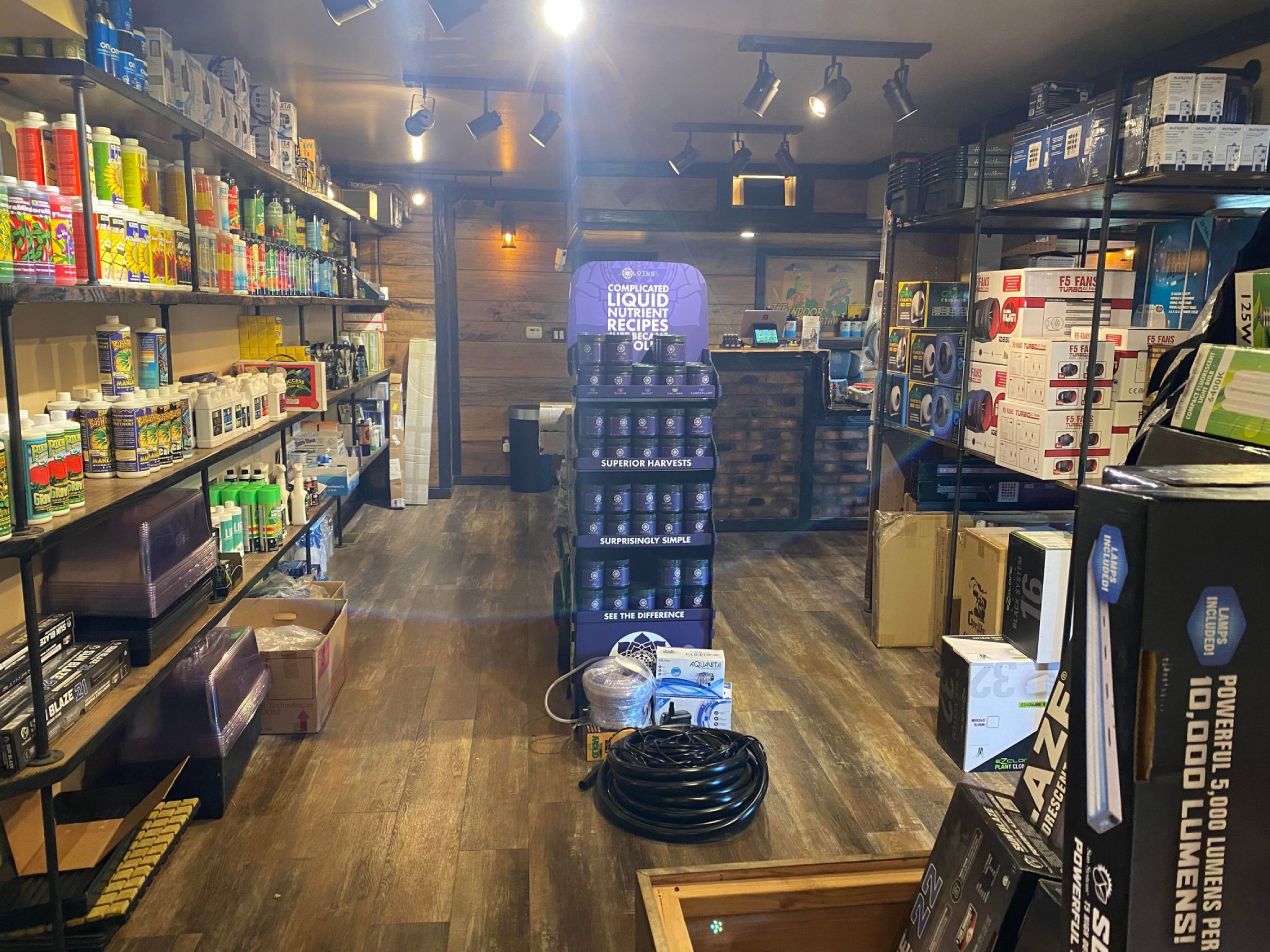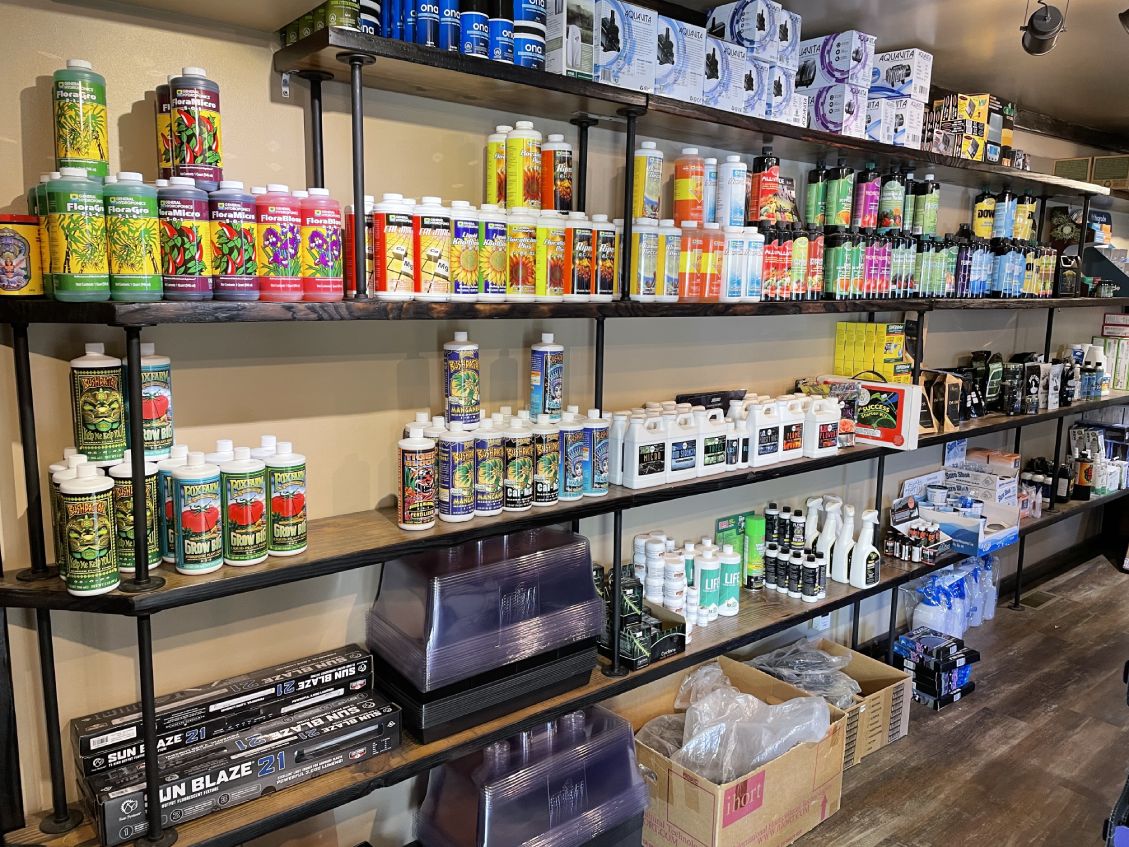The Indoor Earthworm Means: A Game-Changer in Growing Techniques
The Indoor Earthworm Means: A Game-Changer in Growing Techniques
Blog Article
Dive Into the Globe of Hydroponics: Checking Out Various Kinds
Within the world of hydroponics lies a diverse selection of farming techniques that offer distinct benefits for expanding plants without soil. As we start this expedition of different hydroponic systems, we will discover the ins and outs of techniques like the Nutrient Movie Technique (NFT), Deep Water Society (DWC), Wick System, Ebb and Flow (Flooding and Drain), and Aeroponics. Each approach provides a distinctive method to supporting plants in a soil-less atmosphere, promising technology and effectiveness in the world of contemporary farming.

The Nutrient Movie Method (NFT)
The Nutrient Film Technique (NFT) is a hydroponic system that involves a continuous circulation of nutrient remedy over plant origins in a slim film to promote efficient nutrient uptake. This method makes use of a superficial stream of water that has liquified nutrients, enabling the plant roots to have constant accessibility to the essential components for development - The Indoor Earthworm. The nutrient service flows along the base of the network, calling the roots and then receding, giving an extremely oxygenated atmosphere important for origin wellness
Given that the nutrient service is recirculated, it calls for less water contrasted to typical soil-based gardening. Furthermore, the regulated environment of the NFT system lessens the threat of nutrient imbalances and illness, leading to much healthier plants.
Deep Water Culture (DWC)
In a DWC system, plants are positioned in net pots, allowing their roots to dangle directly into a nutrient solution. The key to success in DWC is maintaining the appropriate oxygen degrees in the nutrient option to stop origin rot and advertise healthy and balanced plant development.
In addition, the straight access to oxygen and nutrients allows plants to uptake what they require more efficiently, often resulting in faster development rates and greater yields contrasted to standard soil farming techniques. Controlling water temperature level and avoiding algae development in the nutrient service are crucial factors to consider when executing a DWC system.
Wick System
In hydroponic farming, the Wick System is a passive technique that enables plants to create nutrient option through capillary activity. This system is straightforward and appropriate for beginners because of its simpleness. It consists of an expanding tray loaded with an inert medium like perlite or vermiculite, where plants are positioned. A wick, typically constructed from materials like cotton or nylon, prolongs from the expanding tray into a tank loaded with the nutrient service. The capillary activity of the wick permits the nutrient service to relocate from the storage tank to the growing tray, making sure a consistent supply of nutrients to the plants' roots. One of the benefits of the Wick System is its reduced cost and simplicity of arrangement. It may not be appropriate for bigger plants or those with high nutrient needs, as the easy nature of the system can lead to uneven nutrition distribution. Generally, the Wick System supplies a efficient and straightforward means to exercise hydroponic gardening.
Ebb and Flow (Flood and Drain)
Exploring the Ups And Downs (Flooding and Drainpipe) system gives understanding into a dynamic hydroponic technique that alternates in between flooding and draining pipes the plant origins with nutrient service. This system operates by periodically swamping the plant containers with a nutrient remedy from a storage tank and after that enabling the excess service to drain back. The procedure is normally managed by a timer to guarantee regular flooding cycles, providing the origins with oxygen as the option recedes.
Ebb and Flow systems are functional and can fit various plant dimensions and kinds. They provide a good equilibrium of water retention and aeration, advertising healthy and balanced root growth. The regular flooding helps supply nutrients directly to the roots, improving nutrient uptake efficiency. Additionally, the ups and downs action prevents water torpidity, decreasing the threat of origin rot and other water-related problems.
This technique is popular amongst hydroponic enthusiasts for its simplicity, performance, and versatility to various plant needs. With correct monitoring and maintenance, the Ups and downs system can you can look here sustain robust get redirected here plant growth in a controlled hydroponic setting.
Aeroponics
Utilizing a high-pressure misting system, Aeroponics is a cutting-edge hydroponic method that puts on hold plant origins in an oxygen-rich setting to promote ideal nutrient absorption and strenuous development. Unlike other hydroponic techniques, which submerge origins in water or a nutrient remedy, Aeroponics delivers nutrients directly to the roots with a great haze. This haze is splashed at regular intervals, making sure that the origins obtain a consistent supply of water, oxygen, and nutrients.

One of the vital advantages of Aeroponics is its capacity to optimize nutrient uptake while reducing water use. By providing nutrients straight to the roots, plants can absorb them extra effectively, leading to faster development rates and higher returns. Furthermore, the oxygen-rich setting produced by the misting system boosts root advancement and aids avoid origin diseases.
Aeroponics is specifically well-suited for growing leafed greens, herbs, and various other plants that thrive in aerated settings. The Indoor Earthworm. Its efficient usage of sources and ability to promote quick growth make it a popular option for hydroponic fanatics wanting to accomplish optimum results
Verdict
To conclude, hydroponics provides a series of ingenious methods for expanding plants without dirt. From the nutrient movie strategy to deep water society, each approach has its very own benefits and obstacles. By understanding and utilizing these various types of hydroponic systems, individuals can explore new possibilities for sustainable agriculture and take full advantage of plant growth in controlled atmospheres.

Report this page